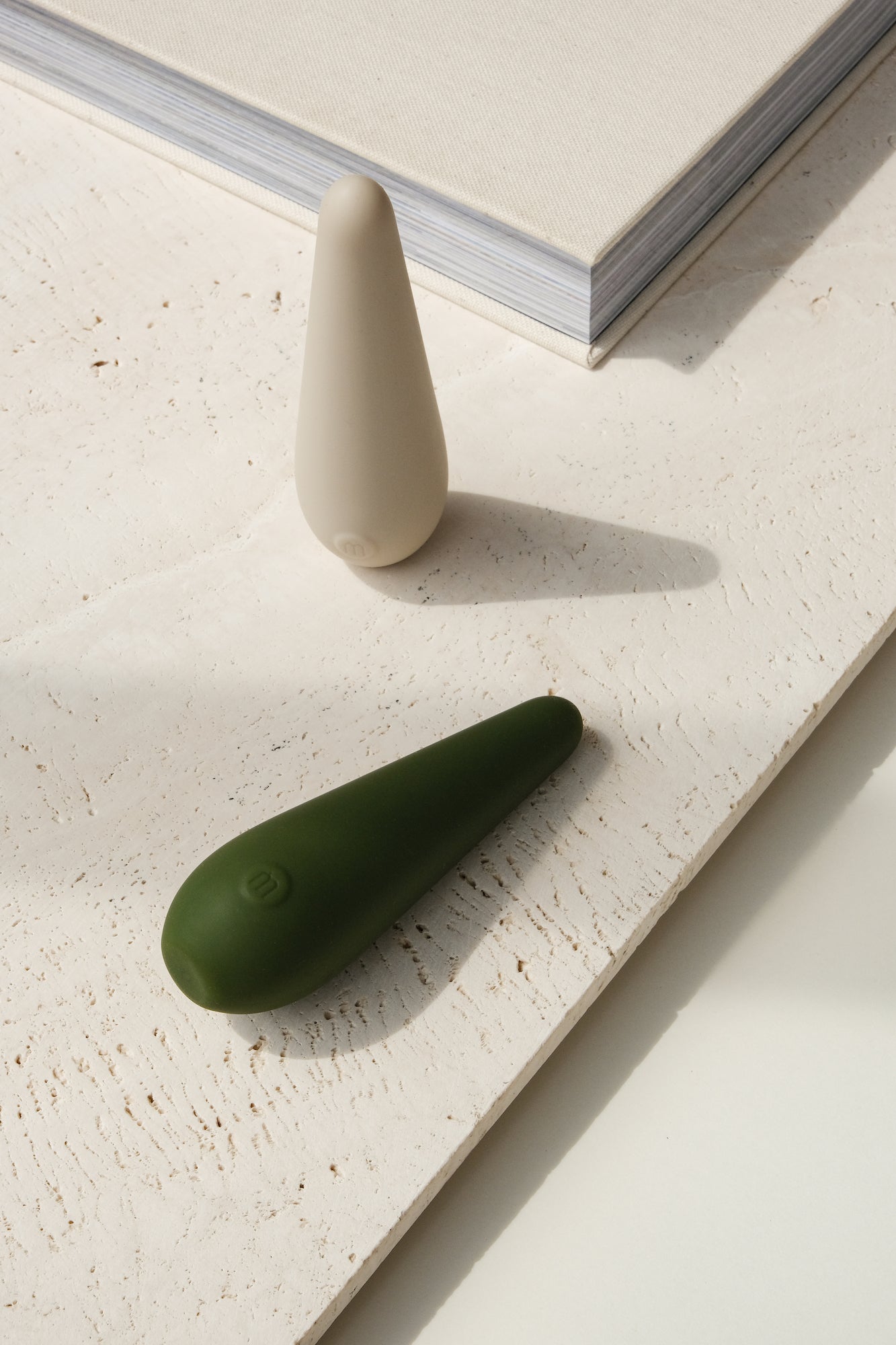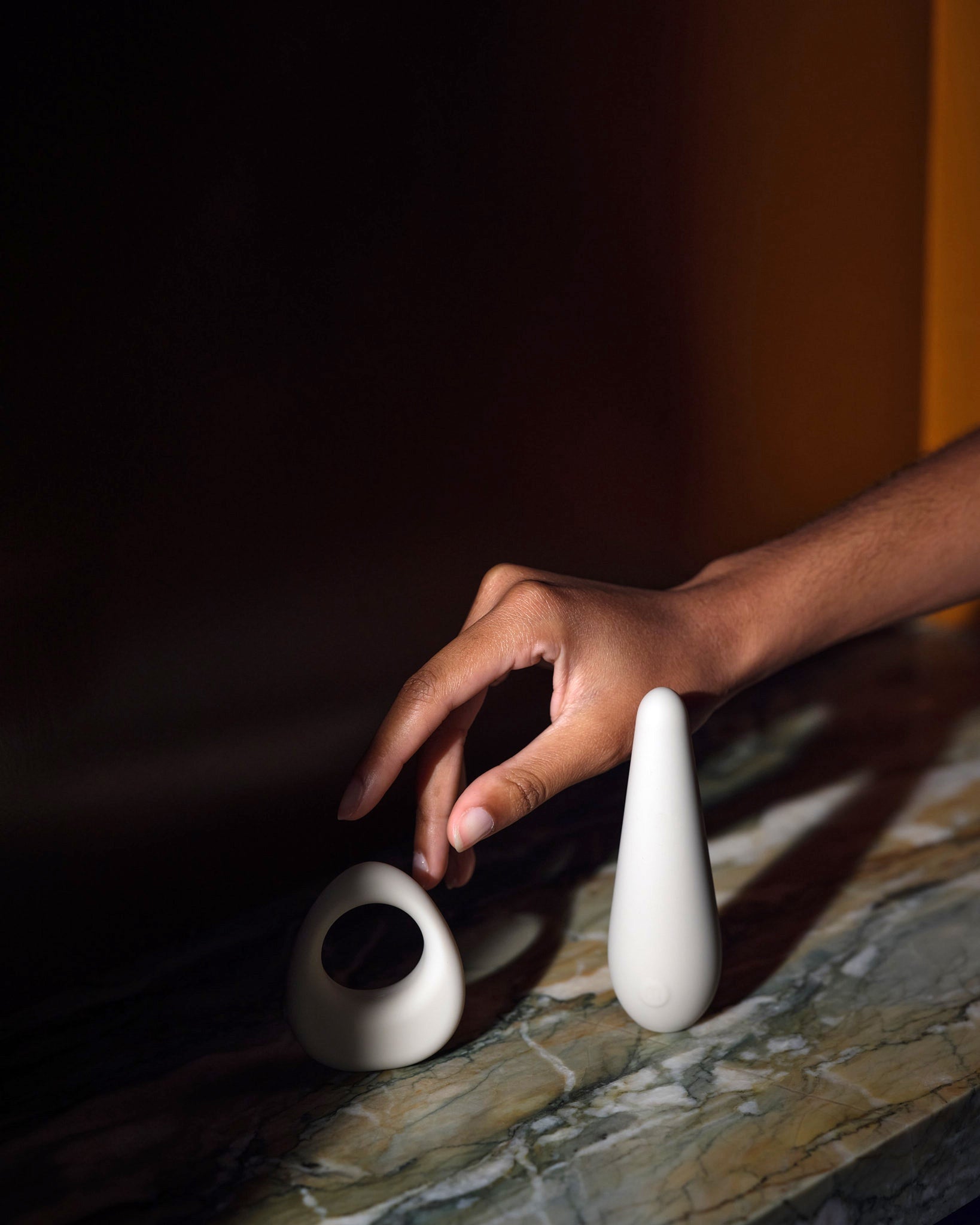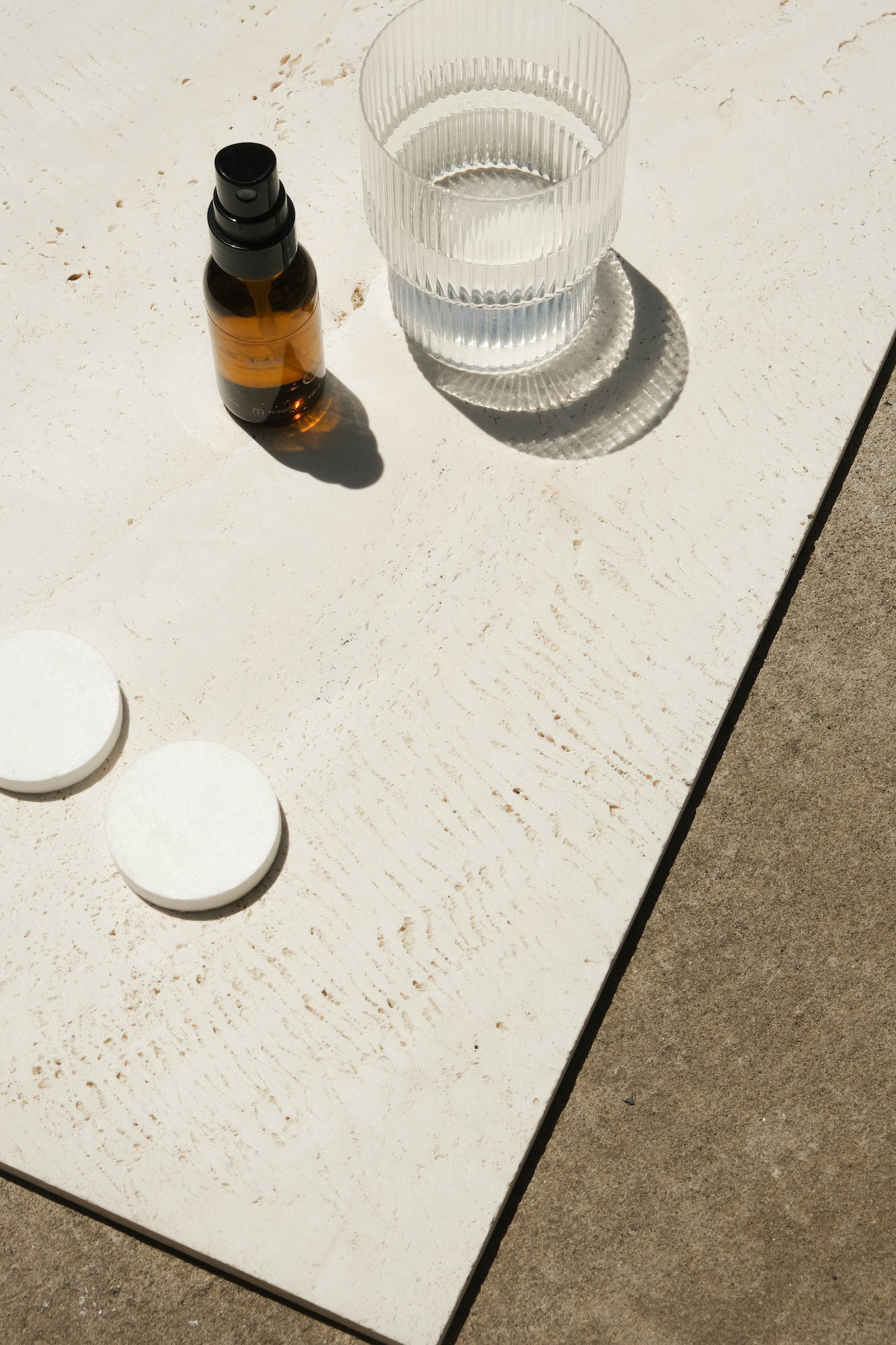It’s Time We Stopped Calling Our Vibrators “Sex Toys”.

On sex & semantics.
Shockingly enough, a Merriam-Webster search for the word “toy” does not yield an illustrated dildo. Instead, you’ll find the noun referenced as “an object for a child to play with” or “something diminutive”—neither of which seem apt when it comes to describing the products we employ in our bedrooms.
Nonetheless, “sex toy” is a fairly standard phrasing in our lexicon—it’s our blanket term for everything from vibrators and butt plugs to anal beads and handcuffs. Which begs the question: In the year 2021, do the semiotics of the word “toy” actually suit something as notably advanced and biologically essential as a vibrator? Sure, you could argue that it’s “just semantics”—and it is. But language gives shape to perception. It skews, and alters, and gives form to the ways we conceptualize the world. And in turn, the syntax we use around intimacy has a legitimate impact on the way we broach sex-positivity as a culture.
It’s tough to pinpoint when, exactly, we adopted sex toy terminology into our lexicon, but we do know that the word “dildo” has been around since 1400 AD (the Italian root “diletto” translates to “a woman’s delight”). And we also know that, by the 1900s, standard vibrators were advertised regularly in magazines and newspapers. While, at the time, they were largely disguised as full service “massagers”, they still often hinted (unsubtly) at sensual pleasure and release for both men and women. Then, by the 20th century, those very same devices were being marketed to doctors rather than consumers as medical tools designed to heal “female hysteria.” In fact, pamphlets from the era even suggested that the use of a “vibrator” could be an effective panacea for insomnia, paralysis, neuralgia, epilepsy, consumption, sciatica, lumbago, gout, deafness, vomiting, constipation, hemorrhoids, or a sore throat. The point being: these were not toys. They were (and are) effective, medically sound balms for all manner of malady.
Right now, 69% of millennials keep at least one “sex toy” in their stash. And while your doctor will likely not prescribe you a vibrator for your sore throat, the benefits, biologically speaking, are still notable: they can help increase intimacy with a partner, improve libido after menopause, soothe anxiety, and even support both your immune system and your skin.
Yes, “toy” connotes pleasure—and there’s truth in that. But in an era that so fervently celebrates its leaps and bounds towards a more sexually positive modus operandi, it seems we ought to consider a new nomenclature. Think about the nature of the progress we’ve made: we’ve gone from advertising vibrators as glorified neck massagers, to utilizing them as cures for “female hysteria” to brandishing them as ways of making pleasure more demographic—whether or not there’s a partner involved. That kind of forward motion deserves to be celebrated.
Maybe it’s as simple as referring to things as what they are: vibrators, butt plugs, so on. Or maybe, it’s a matter of referring to our bedside stashes as “wellness products,” underscoring that they’re as central to the project of self-care as our skincare regimens or our sleep schedules.
In any case, whichever linguistic route we take when it comes to our sexual lexicons (sexicons??), it’s about time we called a moratorium on “sex toys.” We can do better.




